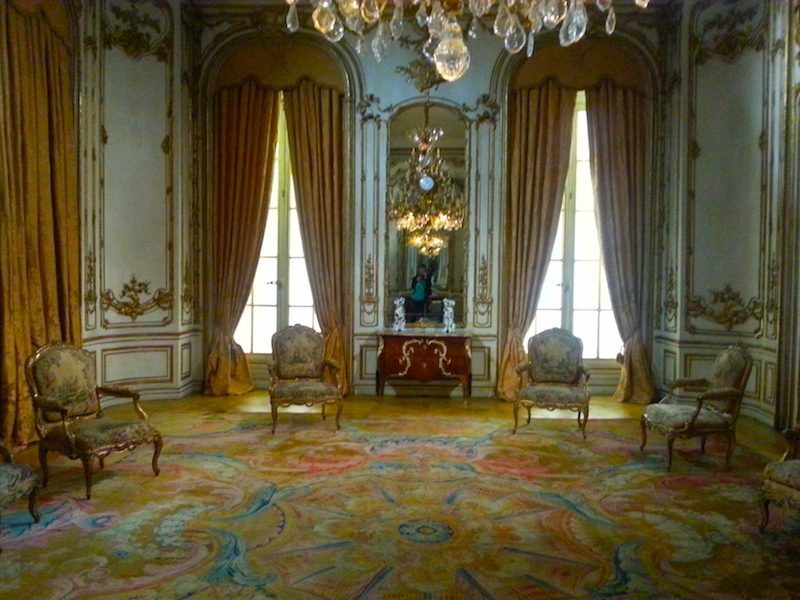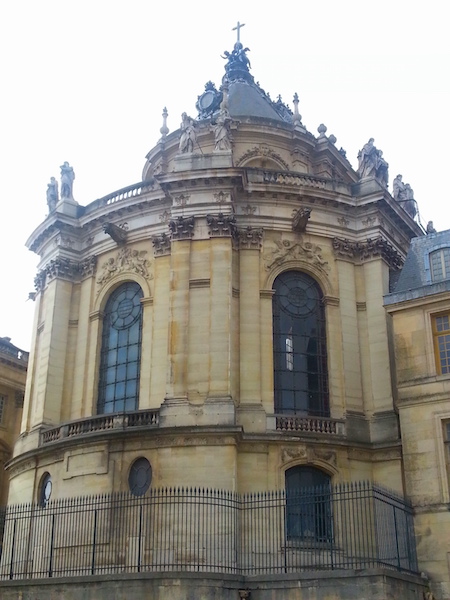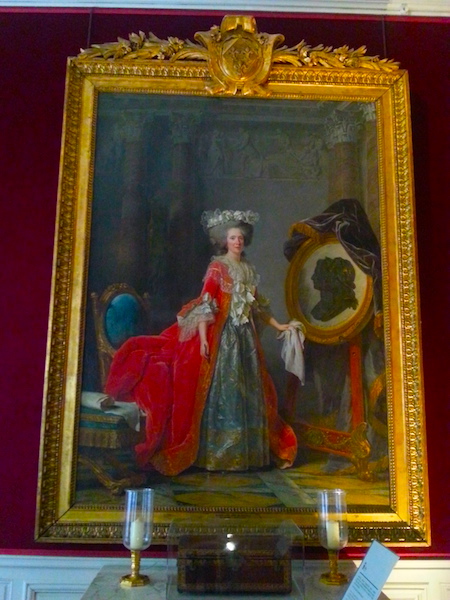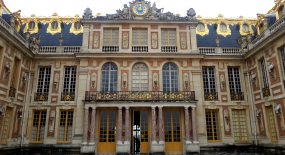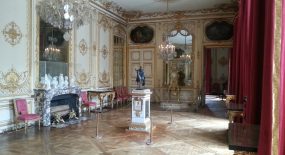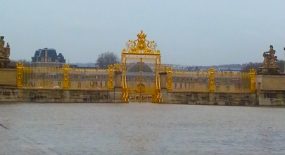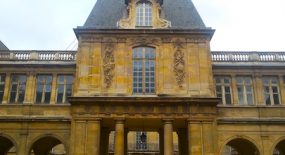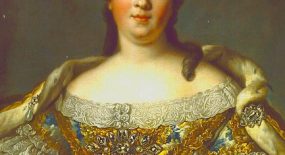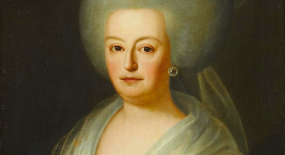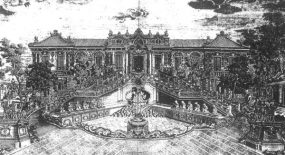For several years I’ve been looking for a French work from or about the Versailles Century (1682-1789) to translate, preferably one that has never been translated into English before. It also needs to be in the public domain. It’s been a slow search because every time I found an interesting property it turned out to have been done already or under copyright. I’m pleased to say that the search is now over.
Beginning this week, I will be serializing for you, dear readers, a French novel about the 18th century that has never before been published in English: Madame de Boigne’s La Maréchale d’Aubemer (The Widow of Field Marshal d’Aubemer). It’s original subtitle is right up our alley, so to speak: Nouvelle du XVIIIème (A Novella of the 18th Century).
Now, who is this Mme de Boigne, you may wonder? Though she lived most of her life in the 19th century, Éléonore-Adèle d’Osmond, Comtesse de Boigne, has unassailable Versailles Century credentials: she was born at the Château de Versailles in 1781. Her parents, the Marquis and Marquise d’Osmond, were courtiers. Her half-Irish mother had the more prestigious position: she was a lady-in-waiting to Mme Adélaïde, one of Louis XVI’s aunts. Little Éléonore-Adèle was chosen to be one of the playmates of Louis XVI and Marie-Antoinette’s eldest son, Louis-Joseph, the first dauphin, who died a month before the fall of the Bastille. After the Revolution broke out, the Osmond family fled to England.
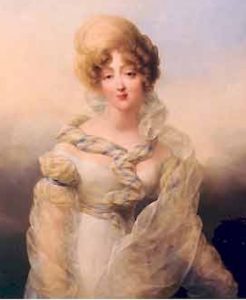
Mme de Boigne in her youth. Credit: Wikipedia.
Continue reading
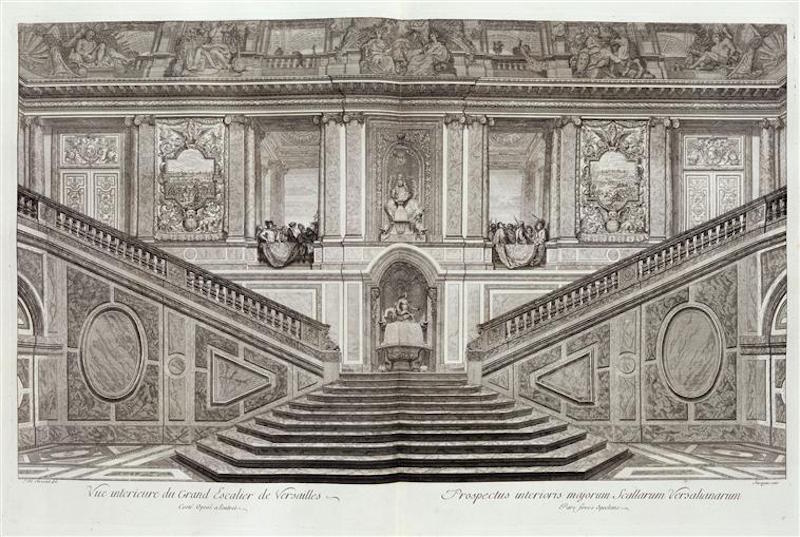







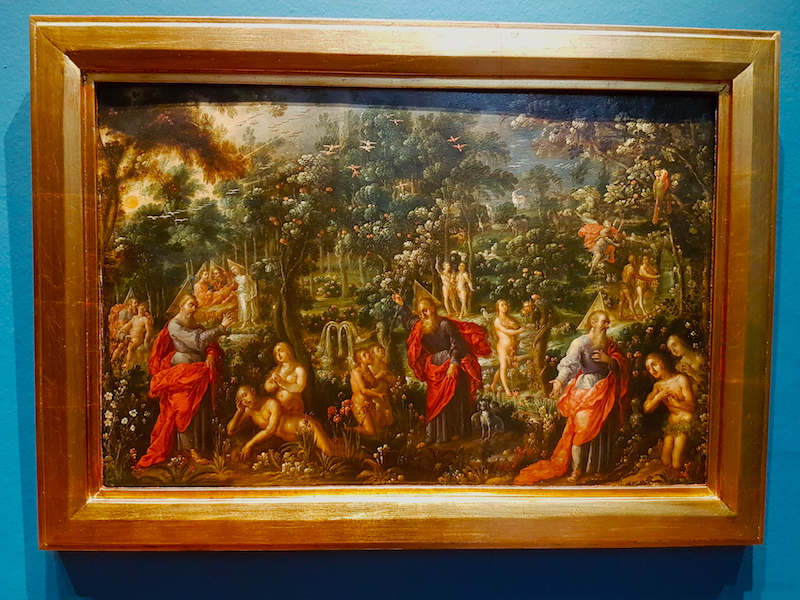
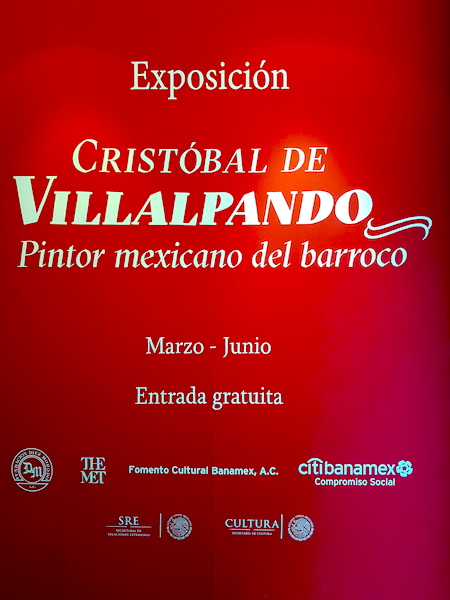
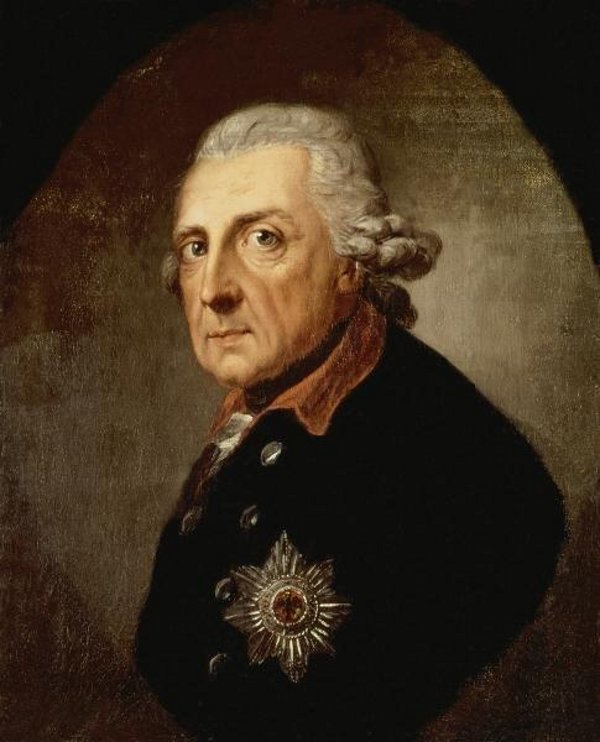
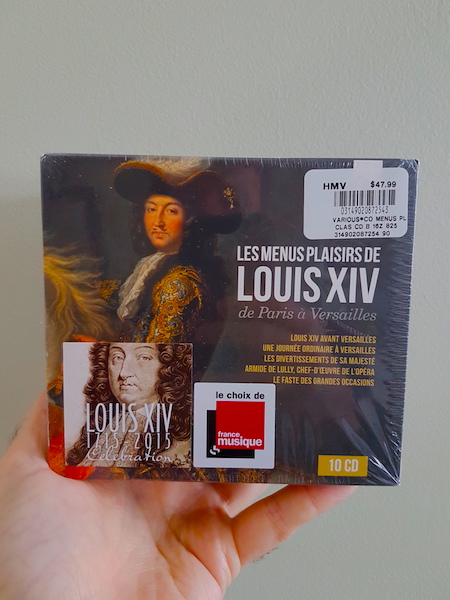
![Von Adolph Menzel - [1]↑ MacDonogh, G. (1999) Frederick the Great, p. 200. New York: St. Martin's Griffin, Gemeinfrei, https://commons.wikimedia.org/w/index.php?curid=16329006](http://versaillescentury.com/vc/wp-content/uploads/2017/04/Tafelrunde.png)
